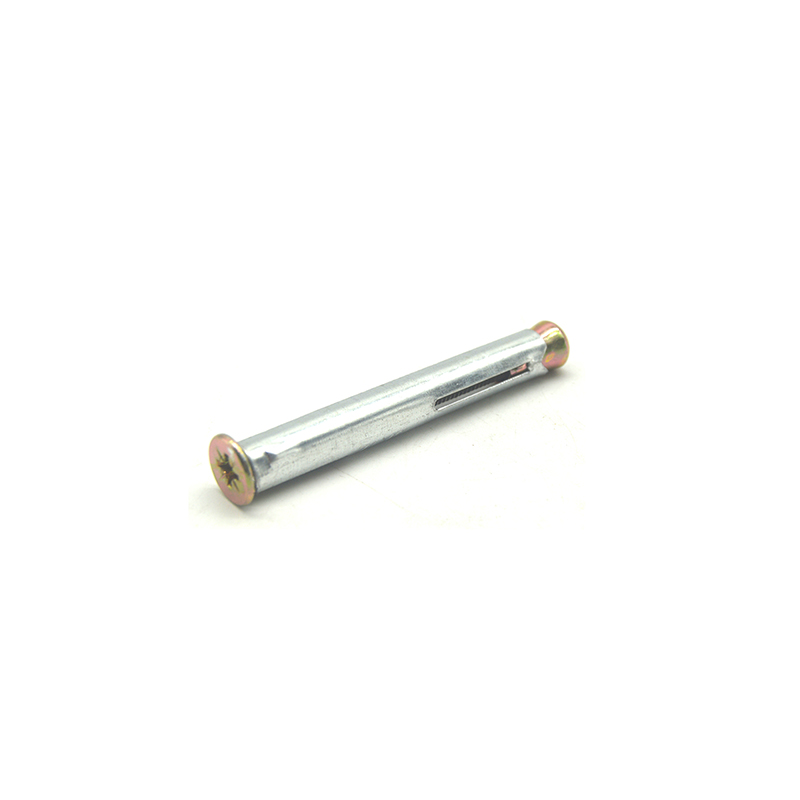- Chinese
- French
- German
- Portuguese
- Spanish
- Russian
- Japanese
- Korean
- Arabic
- Irish
- Greek
- Turkish
- Italian
- Danish
- Romanian
- Indonesian
- Czech
- Afrikaans
- Swedish
- Polish
- Basque
- Catalan
- Esperanto
- Hindi
- Lao
- Albanian
- Amharic
- Armenian
- Azerbaijani
- Belarusian
- Bengali
- Bosnian
- Bulgarian
- Cebuano
- Chichewa
- Corsican
- Croatian
- Dutch
- Estonian
- Filipino
- Finnish
- Frisian
- Galician
- Georgian
- Gujarati
- Haitian
- Hausa
- Hawaiian
- Hebrew
- Hmong
- Hungarian
- Icelandic
- Igbo
- Javanese
- Kannada
- Kazakh
- Khmer
- Kurdish
- Kyrgyz
- Latin
- Latvian
- Lithuanian
- Luxembou..
- Macedonian
- Malagasy
- Malay
- Malayalam
- Maltese
- Maori
- Marathi
- Mongolian
- Burmese
- Nepali
- Norwegian
- Pashto
- Persian
- Punjabi
- Serbian
- Sesotho
- Sinhala
- Slovak
- Slovenian
- Somali
- Samoan
- Scots Gaelic
- Shona
- Sindhi
- Sundanese
- Swahili
- Tajik
- Tamil
- Telugu
- Thai
- Ukrainian
- Urdu
- Uzbek
- Vietnamese
- Welsh
- Xhosa
- Yiddish
- Yoruba
- Zulu
- Kinyarwanda
- Tatar
- Oriya
- Turkmen
- Uyghur

self tapping screws for aluminum extrusion
A Practical Guide to Self Tapping Screws for Aluminum Extrusion
When it comes to working with self tapping screws for aluminum extrusion, there's a lot more than meets the eye. Whether you're a seasoned professional or just diving into the world of aluminum work, understanding the nuances of these screws can be a game changer.
Understanding Self Tapping Screws
Let's start with the basics. Self tapping screws are specially designed to cut their own threads as they penetrate material. It sounds straightforward, but when you're dealing with aluminum extrusion, the dynamics change a bit. The aluminum's malleability is both a blessing and a curse—it can make threading easier yet requires precision to avoid stripping.
I've spent countless hours in the workshop, often experimenting with different screw types. The first mistake many make is underestimating the type of aluminum extrusion they are working with. Thicker sections can handle more torque, but thin walls are tricky. Here is where experience, or rather trial and error, plays a huge role.
When dealing with aluminum extrusion, selecting the right screw is crucial. I remember once using a screw that was too small, thinking it would provide a cleaner finish. It resulted in weak joints that eventually failed. Lesson learned: size indeed matters.
Choosing the Right Screw
It's tempting to assume any self tapping screw will suffice, but that's hardly the case. Materials, gauge, and even the screw's coating can impact outcomes. Stainless steel screws are a popular choice due to their resistance to corrosion—a significant factor depending on your project’s environment.
Handan Shengtong Fastener Manufacturing Co., Ltd. offers a variety of options, providing insights into what works best for specific aluminum extrusions. Reviewing their catalog was an eye-opener and invaluable for project planning. For further details, check out their offerings at Handan Shengtong Fastener's website.
Then there's the question of thread type. Coarse threads typically provide better grip in softer materials like aluminum but can create undue stress if not installed correctly. Remember, applying too much torque can lead to stripping, which is a frequent pitfall.
Installation Insights
Installing self tapping screws into aluminum extrusion requires more than just the right tools; it demands technique. At first, I was frustrated by repeated mistakes—over-tightening was a constant issue leading to damage. With time, I learned to trust in torque limiters.
Another valuable tip—consider pre-drilling a pilot hole. It might seem redundant, but it ensures alignment and ensures structural integrity, especially when precision is key.
Some of my most successful projects involved collaborations where even minor insights from colleagues led to dramatic improvements in outcomes. The value of community knowledge in this industry can't be overstated.
Overcoming Common Challenges
One common problem? Thread galling. It’s the nightmare no one warns you about until it's too late. Here, lubrication is vital. A simple application can prevent friction and heat build-up, which ruins threads.
I’ve also faced challenges with adaptability—real-world conditions are unpredictable. Experimenting is often necessary. A different screw size or slightly modified installation technique can sometimes make all the difference.
Continuous learning helps. Every project is a fresh slate. And surely, detailed feedback from previous encounters aids in tackling new challenges more proficiently.
Final Thoughts
In the grand scheme of aluminum fabrication, self tapping screws are but one component, but they hold significant influence over the structural success of your projects. Partnering with reliable suppliers like Handan Shengtong Fastener Manufacturing Co., Ltd. can offer a great deal of support, given their expansive industry expertise.
The more you experiment and refine your technique, the more effective your results will be. So, embrace trial and error; it's the road to mastery in using self tapping screws for aluminum extrusion.
Remember, while the screws are minor parts, their role in ensuring durability and structural integrity is major. Approach every project with this mindset, and the results will speak for themselves.
Related products
Related products




















